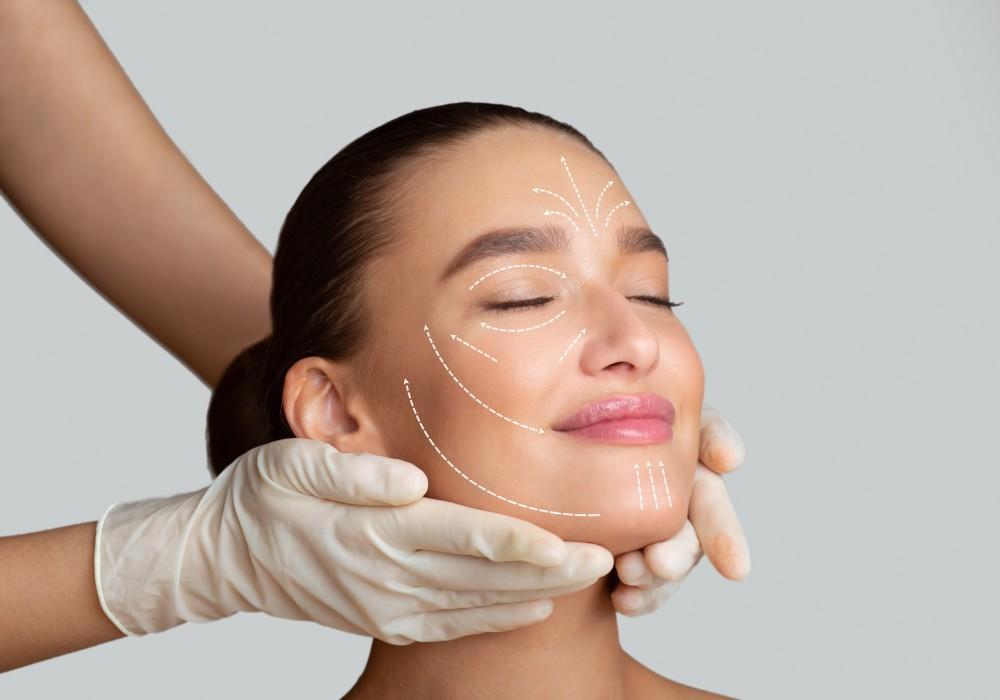Rhinoplasty, commonly known as a nose job, is a delicate surgical procedure aimed at reshaping the nose to enhance appearance or improve function. Whether you have undergone rhinoplasty for cosmetic reasons or for medical reasons such as improving breathing, it’s essential to follow proper aftercare instructions to ensure a smooth recovery. Among the many concerns patients have during the healing process, one frequently asked question is whether applying Vaseline (petroleum jelly) to the nose is safe after the surgery. let's exxplore Rhinoplasty in Dubai .
Understanding the Healing Process After Rhinoplasty
After undergoing rhinoplasty, your nose will go through a series of healing stages. In the first few days following the surgery, there will likely be swelling, bruising, and some discomfort. You may also experience crusting inside the nose due to the healing process. These issues are normal, and with the proper aftercare, the recovery process will proceed smoothly.
The internal healing of the nose is particularly important because this is where your surgeon has made incisions, manipulated cartilage, and possibly bone. For this reason, it’s crucial to take precautions when applying any substance to the nose, including Vaseline.
Can I Put Vaseline in My Nose After Rhinoplasty?
While Vaseline is often used for moisturizing dry skin or soothing cuts and burns, it is generally not recommended to use it in your nose after rhinoplasty. The reason for this is that Vaseline is a thick, oily substance that may hinder the healing process of the delicate tissues inside your nose. After rhinoplasty, the nasal passages need to be kept clean and clear to promote proper healing and prevent infection. Using petroleum jelly inside the nose could block airflow, increase the risk of infection, and potentially interfere with the healing of the surgical site.
Additionally, the skin inside your nose is sensitive after surgery, and introducing a thick layer of petroleum jelly could potentially cause irritation or other complications. For these reasons, most surgeons advise against using Vaseline or similar petroleum-based products during the initial recovery period.
Alternatives to Vaseline for Post-Rhinoplasty Care
Instead of using Vaseline, there are several alternative treatments that are both safe and effective for managing dryness and crusting inside your nose following rhinoplasty.
- Saline Nasal Sprays
- Saline sprays or saline solutions are one of the safest ways to keep your nasal passages moist after rhinoplasty. These sprays contain a simple mixture of salt and water that can gently hydrate the inside of your nose without causing any harm. Many surgeons recommend saline nasal sprays to help prevent crusting and to ensure that the nasal passages stay clean as they heal.
- Nasal Ointments
- There are specific ointments formulated for use in the nose after surgery. These ointments are typically petroleum-free and contain soothing ingredients like lanolin or vitamin E, which help moisturize the nasal passages without the risk of clogging the pores or hindering airflow. Your surgeon may provide recommendations on the best ointments to use during your recovery.
- Humidifiers
- Using a humidifier in your bedroom can help maintain moisture in the air, which can prevent your nasal passages from drying out. Dry indoor air, particularly in winter, can exacerbate nasal dryness and discomfort. A humidifier can help keep your nose moisturized as you sleep, reducing the need for any topical treatments.
- Hydration
- Staying well-hydrated is essential for your overall recovery after rhinoplasty. Drinking plenty of water helps to keep the body hydrated, which can support the healing of your nasal tissues. Proper hydration may also reduce the formation of scabs and crusts inside your nose.
Proper Aftercare for Rhinoplasty Recovery
Beyond moisturizing the inside of your nose, there are several other crucial steps to follow during your rhinoplasty recovery:
- Follow Your Surgeon’s Instructions
- Your surgeon will provide a set of personalized instructions for aftercare, including how to clean your nose, when to take medications, and how to manage swelling and bruising. Adhering to these instructions is essential for a successful recovery. If you are unsure about any aspect of your aftercare, do not hesitate to contact your surgeon for advice.
- Avoid Blowing Your Nose
- One of the most important instructions after rhinoplasty is to avoid blowing your nose, especially in the first few weeks. Blowing your nose can apply pressure to the nasal passages, which may disturb the healing tissues and even cause bleeding. If you need to sneeze, try doing so with your mouth open to minimize pressure on the nose.
- Protect Your Nose from Trauma
- It is crucial to protect your nose from any accidental trauma during the healing process. Avoid any physical activity that could risk injury to your nose, and be mindful of bumping or touching it unnecessarily. Wearing protective gear, such as a soft nasal splint, may be recommended depending on the extent of your surgery.
- Manage Swelling and Bruising
- Swelling and bruising are common after rhinoplasty, but they typically subside within a few weeks. Applying ice packs to the face during the first few days can help reduce swelling. Sleeping with your head elevated can also help minimize swelling and promote better blood circulation.
Conclusion
In conclusion, while it may be tempting to use Vaseline to help soothe dryness in the nose after rhinoplasty, it is not recommended due to its thick, oily texture that could impede healing and cause discomfort. Instead, opt for alternatives like saline sprays, nasal ointments, and maintaining good hydration to promote a smooth and healthy recovery. Always follow your surgeon’s aftercare instructions to ensure the best possible results from your rhinoplasty procedure.





Comments